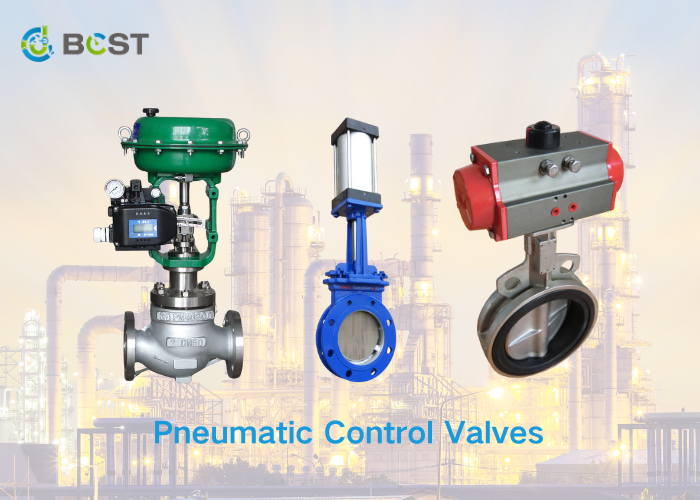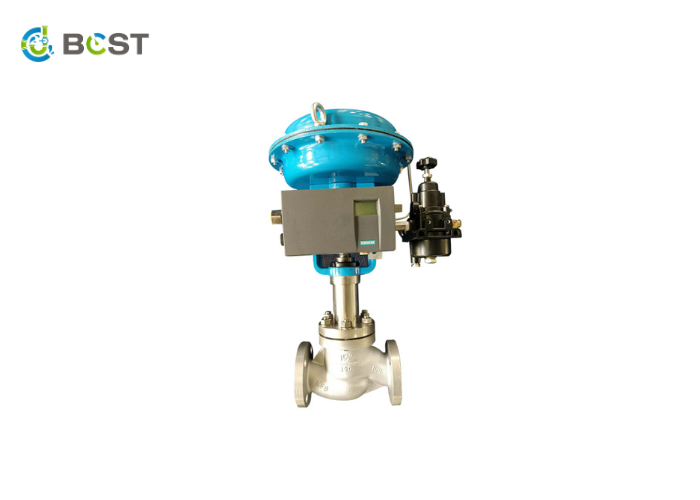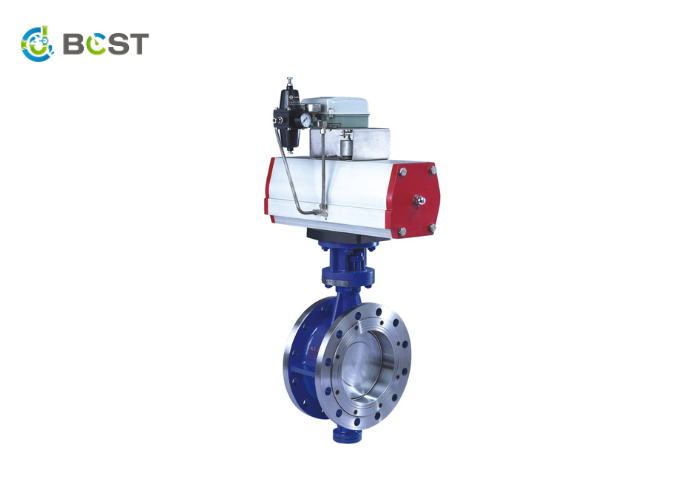
Oil and Gas Industry
The oil and gas industry plays a fundamental role in meeting the world’s energy demands, providing the primary sources for fuel, power generation, and various petrochemical products. Its operations involve the exploration, extraction, refining, and distribution of hydrocarbons, making it a cornerstone of global economic development. However, the industry faces numerous challenges that necessitate strategic attention. Addressing these challenges is crucial for sustaining energy production, ensuring environmental responsibility, and maintaining the industry’s economic stability. One significant challenge deserving specific focus is the impact of harsh operating environments. These environments, characterized by extreme temperatures, pressures, and corrosive atmospheres, threaten infrastructure integrity, personnel safety, and environmental sustainability. Recognizing and effectively addressing these harsh conditions is paramount for the industry’s resilience, long-term viability, and the pursuit of cleaner and safer energy practices.
The oil and gas industry operates on precision and efficiency, and one integral component that plays a pivotal role in maintaining control is the pneumatic control valve. This blog post will explore the fascinating world of pneumatic control valves and their indispensable applications in oil and gas.
The Role of Pneumatic Control Valves in the Oil and Gas Industry
The role of pneumatic control valves in the oil and gas industry is multifaceted and critical to the efficient and safe functioning of various processes. These valves are instrumental in regulating fluid flow, pressure, and direction throughout the entire oil and gas production chain.
Pneumatic control valves are used when the flow rate needs to be adjusted based on process conditions. They use a pneumatic actuator and a positioner to achieve precise control of the flow rate.
Understanding Pneumatic Control Valve
One of the most used industrial process control equipment in the oil and gas sector is the pneumatic control valve. According to the pneumatic control valve’s working principle, compressed air is used as the power source, the cylinder serves as the actuator, and the valve is driven by accessories such as an electric valve positioner, converter, solenoid valve, and retaining valve to realize the switch or proportional adjustment, receiving the control signal of the industrial automation control system to adjust the flow, pressure, temperature, and other process parameters of the pipeline med.
In a right-angle reversal configuration, a pneumatic control valve is used. It can be used in conjunction with a valve positioner to alter the share. The V-shaped valve core is ideal for a variety of adjustment circumstances. It has a high-rated flow coefficient, a large adjustable ratio, and a sealing effect. Excellent conditioning function, small dimension, and may be placed vertically.

Working Principle of Pneumatic Control Valve
An actuator and a conditioning mechanism make up the pneumatic control valve. The actuator is the thrust component of the conditioning valve that generates the corresponding thrust in response to the control signal pressure in order to advance the conditioning mechanism. The valve body is a component of the pneumatic control valve that regulates fluid flow by physically touching the conditioning medium. The construction is classified as a pneumatic single-seat control valve, pneumatic sleeve control valve, pneumatic three-way control valve, pneumatic angle control valve, and so on based on the flow characteristics of the medium.
Application of Pneumatic Control Valve in the Oil and Gas Industry
Here are some specific applications of pneumatic control valves in the oil and gas sector:
- Flow Control:Pneumatic control valves are used to regulate the flow of oil and gas through pipelines. They help maintain optimal flow rates, prevent overpressure, and ensure efficient transportation of hydrocarbons.
- Pressure Regulation:Pneumatic control valves control and regulate pressure in different parts of the oil and gas infrastructure, such as wellheads, pipelines, and processing facilities. This ensures that pressure is maintained within safe and operational limits.
- Valve Actuation:Pneumatic actuators are commonly used to operate control valves in the oil and gas industry. These actuators use compressed air to open, close, or modulate the valve position based on the control signals received from the process control system.
- Emergency Shutdown Systems (ESD):Pneumatic control valves are integrated into emergency shutdown systems to quickly and safely shut down critical processes in the event of an emergency or abnormal condition. This helps prevent accidents and protect personnel and equipment.
- Process Control:Pneumatic control valves are integral to oil and gas facilities’ overall process control system. They adjust and maintain the desired operating conditions for various processes, ensuring efficient production and refining.
- Separator Control:Pneumatic control valves are used in separator vessels to separate oil, gas, and water. Properly controlling these separations is crucial for optimizing production and meeting quality specifications.
- Pipeline Pigging:Pneumatic control valves are employed in pigging operations, where devices known as “pigs” are sent through pipelines to clean or inspect them. Valves are used to control the flow and direction of the pig within the pipeline.
- Gas Compression:Pneumatic control valves are used in gas compression systems to regulate gas flow through compressors. This helps in optimizing compression efficiency and maintaining proper operating conditions.
- Wellhead Control:Pneumatic control valves are used in wellhead applications to control the flow of oil and gas from wells. They ensure the production rate is maintained and safety measures are in place.

Final Thoughts
In summary, pneumatic control valves are essential in the oil and gas industry, contributing to the safe and efficient operation of various processes, from exploration and production to transportation and refining. They are critical for maintaining control over fluid flows, pressures, and other parameters in this complex and dynamic industry.
At BCST, we offer a broad range of high-quality, durable pneumatic control valves tailored to meet the diverse needs of the oil and gas industry. Our team of experts is committed to providing you with the best possible solutions for your specific application, coupled with exceptional customer service.
If you have any questions about pneumatic control valves or need assistance selecting a suitable valve, please don’t hesitate to contact us. Visit our website at www.bcstgroup.com to learn more about our offerings and how we can help you optimize your industrial processes.






